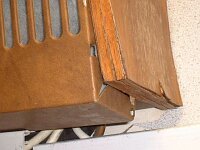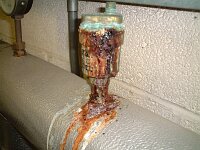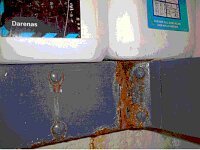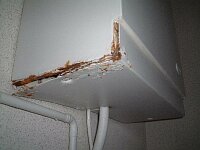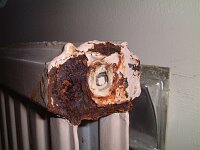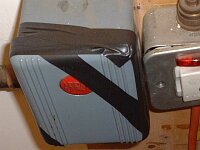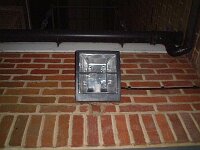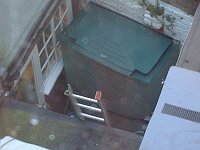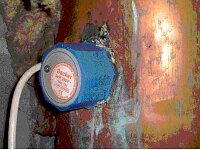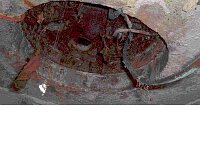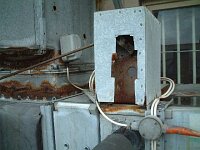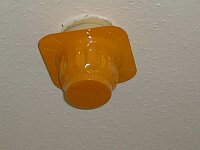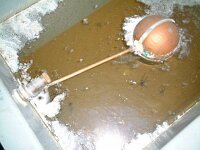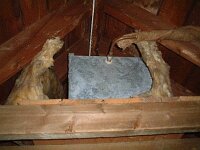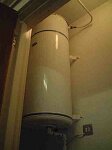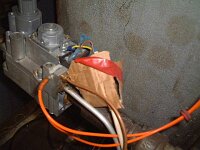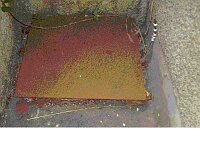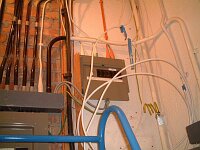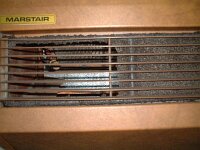Building services installations and their controls are frequently very sophisticated. Add to this peoples perceptions and misconceptions and it can mean that the smallest problems become confused and escalate to complicated situations. Sometimes this gives rise to expectation for an unnecessarily complicated solution or calls for a system to be replaced.
DMA takes a pragmatic, logical and holistic approach to cut through confusion and provide the client with the optimum solution or sets of options to minimise expense and disruption and where possible increase efficiency. We "think outside the box" to search for the most appropriate option even if it is not a purely technical solution.
Equally so, situations are frequently found where equipment is past its reasonably anticipated life cycle, in poor condition or even potentially dangerous and needs major refurbishment or even total replacement. In such situations we can provide help ranging from impartial advice on options to budgets and organising and co-ordinating the works.
Below are some case studies that illustrate examples where clients have benefited from our straightforward practical approach, These are followed by a "Condition Survey Gallery" showing just a few of the many problem items found during the over 1200 condition surveys that we have carried out.
Case 1: Refurbished Victorian Office Building, Wolverhampton
Following frequent staff complaints of being too cold, our client suspected that the heating boiler was too small and asked us to investigate. We visited site and did some follow up heat loss calculations which indicated that the boiler was adequately sized.
However, it was noticed on our survey that the undercuts / gaps under the original doors to the offices
were very large in some places and combined with the quarry tiled / stone flooring in entrance hall acting as a cold slab, which could result in unpleasant draughts.
We concluded that these factors were likely to be the root cause of the complaints.
Our recommendation was to fit draught excluders to the doors - in this case more effective and considerably cheaper than a boiler replacement.
Case 2: IT Comms Support Room Within Multi Storey Office Building, Basingstoke
Staff had complained that the wall mounted air conditioning units were ineffective and that they needed replacing. We tested the Air Con Units and found that they were actually operating satisfactorily, but the room layout in terms of office furniture and storage / racking disturbed the air flow pattern - something which once identified, could be rectified at low cost.
Case 3: Pleasant, Modern 4 Storey Naturally Ventilated Office Block, York.
Our client had received a lot of complaints of overheating and stuffiness with considerable lobbying for air conditioning from staff in a particular area on just one of the floors. We surveyed the building and also carried out an extended Electronic Digital Temperature Monitoring and Recording exercise with data loggers placed in several identical locations on each floor. The data confirmed our initial impression that there was no significant difference in temperatures in any of the areas. However our study did identify several factors covering both people and physical issues as illustrated by the following extracted observations and recommendations:
- Make maximum use of the facility to open windows in conjunction with the blinds to limit solar heat gain and set up cross flows of air through the offices. It is appreciated that this is not an automatic process and some experimenting and manual input is required to achieve the balance between comfort, draughts or worst case disturbance of papers. However this appears to have been achieved to good effect elsewhere in the building.
- Use local desk and / or pedestal fans. Obviously these will not actually cool the air but, as long as the air temperature is somewhat below body temperature, then the air movement should give some worthwhile relief.
- Relocate the work or the occupants to areas deemed to be more acceptable and comfortable.
- Move as much of the heat emitting IT equipment as possible away from the problem area of the office, so that it is it is less concentrated and further away from the workers effected. It was noticed that this was particularly concentrated on one of the desks and may also generate a psychological barrier / "walled in" effect."
Case 4: Major Data Centre Energy Management Investigation
Our client was a proactive Facilities Manager with a government department, looking after several large data centre sites throughout the country. From his regular Energy Monitoring and Targeting reports, he had identified that one of these sites was consistently using significantly more energy compared to another similar sized site - but did not know why. Recommended to him by one of his colleagues, we were asked to investigate.
Clearly we were faced with find a needle in a haystack scenario.
Rather than just going to see the "problem" site our approach was to visit the "satisfactory" site first and try to use it as a "control" or benchmark site. We also needed to quickly establish how the systems were actually used in terms of operation and maintenance so we liased carefully with the designated client representatives and the maintenance contractors at both sites.
It was established that indeed both were virtually identical buildings and also of similar age. Both had similar large and sophisticated full air conditioning systems with close control of temperature and humidity. Both were in good condition. Both also had a "Free Cooling" facility that under suitable weather conditions enables the cooling towers to be used without having to operate the expensive to run large water chillers.
Therefore the normal variables of design, size, time clock settings, age, quality of maintenance and application did not apply.
Normally this would suggest that perhaps the system controls were not set up as they should be and that the heating and cooling aspects of the air conditioning systems were running at the same time for longer than necessary i.e. fighting each other and wasting energy - which could possible need a major recommissioning exercise which could be expensive and disruptive.
However as part of our survey check we found that the "Free Cooling" facility switch was in the "OFF" position at the "problem" site. By contrast we had established that this facility was in regular use at the benchmark site. Liaison with the maintenance contractor at the problem site indicated that they were unaware of the building had this feature. Further research indicated there had possibly been some minor teething problems when the building was completed several years earlier, but basically the facility had simply been forgotten about.
Bearing in mind the critical nature of the site, our recommendation was not just to "switch it on" but firstly carefully check out the operation of this facility. The successful reinstatement produced significant energy cost savings.
